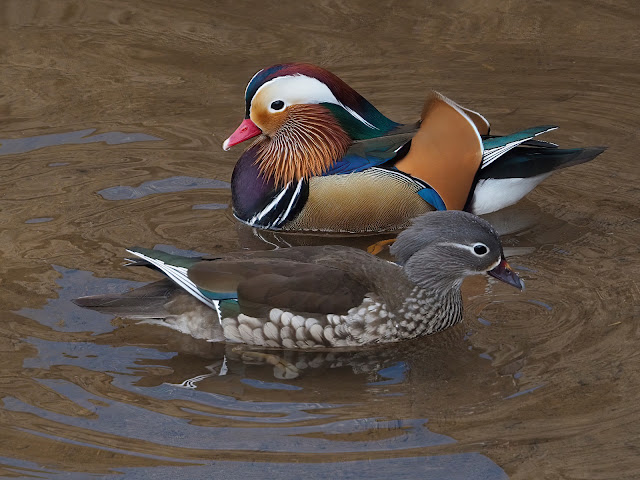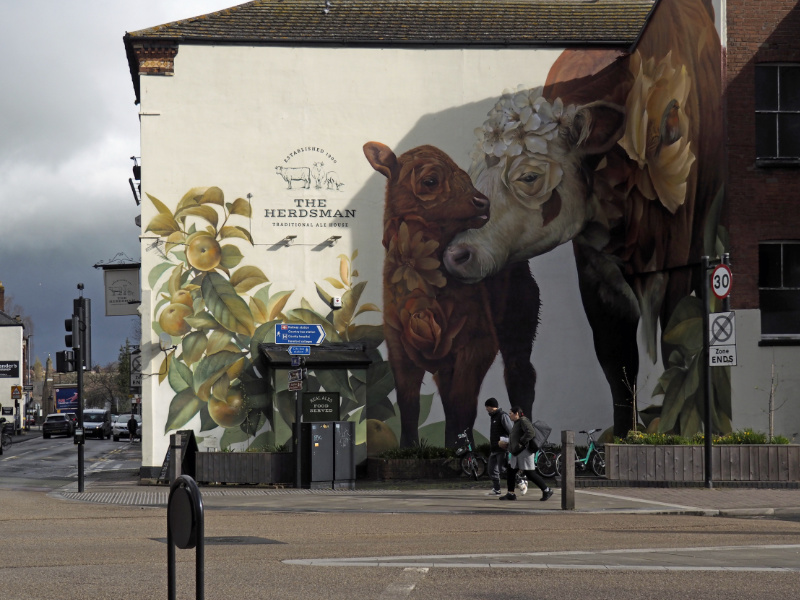Walking through apple orchards near Bromyard, Herefordshire we came upon some young Braeburn trees. They were in blossom and the colours and the way they were opening was most attractive. We knew they were Braeburns because they were labelled as such. Moreover, a sign indicated the direction, distance and name of the location where they were first grown. This is in New Zealand where, in 1952, a Mr Moran found a "chance seedling". The variety was developed, became a great success, and is now a favourite across the world.
photo © T. Boughen Camera: Nikon Z 5


















